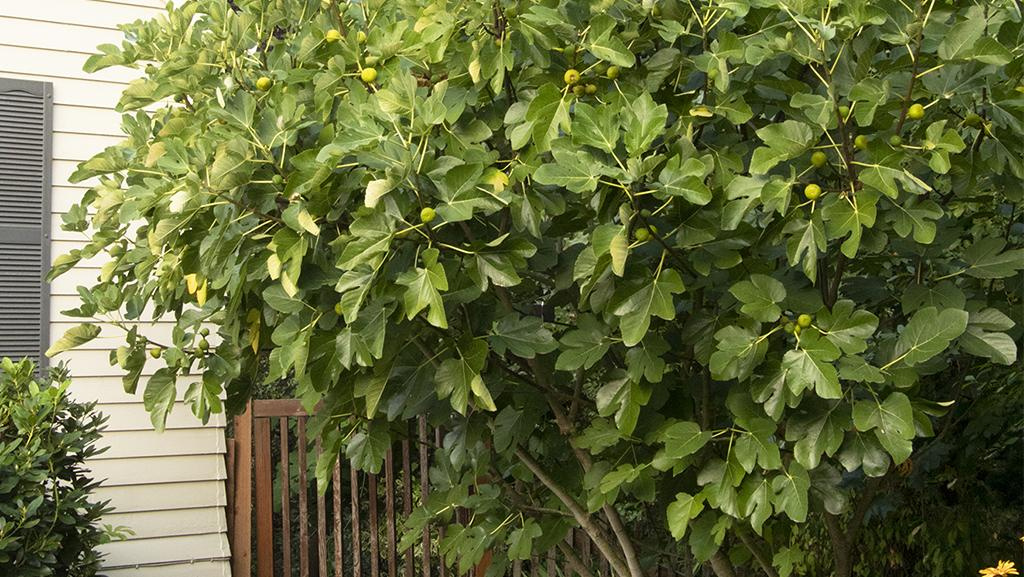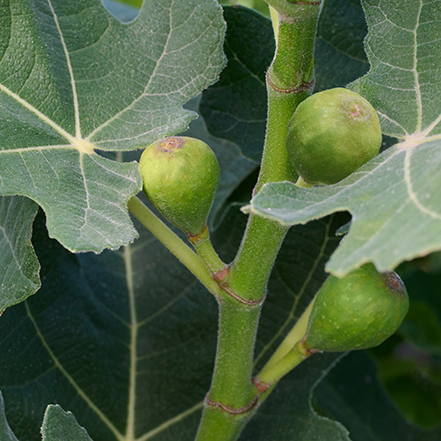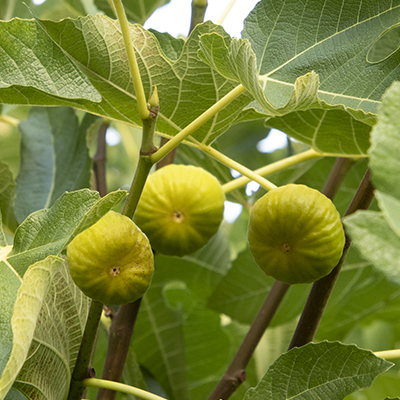Is there a tree more outrageously sensual than the fig? Those iconic leaves, the sculptural branching habit, and those sweet-as-honey fruits are the stuff of legends and lore. Cleopatra dished them up to Mark Antony. Adam and Eve found the foliage to be a handy coverall. Nations went to war over them.
Figs are also a bit of a botanical oddity as they’re not actually “fruits” but a mass of inverted flowers. Wait, what? Yes, the flowers are inside the “fruits” and what you are eating are the blooms. (Impress your friends–this structure is known botanically as a syconium.)
Best eaten lusciously ripe and sun-warmed straight off the tree. Figs can vary in size, shape, flavor, texture, and time of harvest. They can be black, green, brown, violet, yellow, or purple. Self-fruitful, so you need only one plant to produce fruit easy to grow. There's one for just about every size garden (and several that are quite cold tolerant).
How to Grow Fig Trees
How to Choose the Best Fig Tree For Your Space
Mature fig trees can be 15 to 30 feet tall. Space a bit apart so that you can really see the unique shape of the mature tree. There are several varieties that stay naturally small and fit nicely into large containers (see below). If you have the room, plant several and choose early-, mid-, and late- fruiting varieties. This will extend the harvest from early summer into early fall. Some figs will produce fruit very early in the season, called a “breba” crop, as well as the main crop.
Where to Plant Fig Trees
Fig trees thrive in full sun and love the reflected heat of walls and buildings. In colder zones, choose cold-hardy varieties such as 'Brown Turkey' and 'Desert King.' Also consider other selections that are somewhat less cold-hardy. Ones that can grow in big pots and protect during the winter by storing in a cool garage or basement.
How and When to Harvest Fig Fruit
This is the moment! When fruit is developing, it’s important to water regularly. Check daily, and pick just as they ripen. You'll be picking the main crop of fruits depending on your climate and conditions. Anywhere from June to September in warmer inland areas to October and November for cooler coastal places. In some tropical locations, fig trees may bear some fruit throughout the year. With increased production in early summer and midwinter.
Now, about the birds and squirrels. Yes, they love figs. The trick is to stay ahead of them by harvesting daily. If you wait too long, they'll get to your harvest first.
How to Care for Fig Trees
Once established, figs can be very low maintenance, as well as drought tolerant. During the first year, as plants become established, water regularly and mulch. It can also be helpful to prune back young trees to encourage strong root growth. After the first 2-3 years, they need little pruning apart from removing weak, diseased, or dead branches. If conditions get too dry, an occasional deep watering will keep the tree healthy.
While they aren't too picky about their soil, fig trees enjoy a well-draining loamy soil with healthy organic matter. Adding a layer of compost around your fig trees every year can provide the right amount of nutrients. It also adds organic matter to help your fig tree thrive.
Top 10 Best Fig Trees
Fignomenal® Dwarf Fig
This petite fig is perfect for small gardens, narrow beds, and containers! With a modest height and width of just 28 inches, it effortlessly fits into limited spaces, whether indoors or outdoors. Despite its size, this fig variety boasts medium-sized fruits. Full sun. Up to 28" tall and wide. Zones 7-10.
Fruits: A deep-brown exterior and a delightful pink-red interior that is irresistibly sweet. Prepare for a bountiful harvest throughout the year, as this remarkable plant fruits heavily, ensuring a continuous supply of delectable figs.
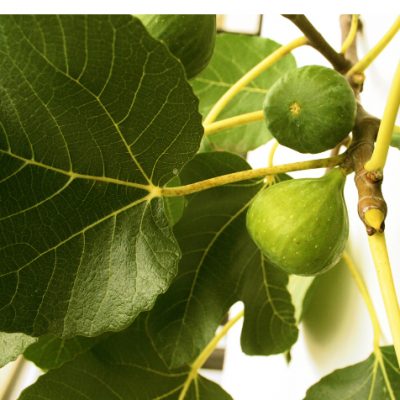
Peter’s Honey Fig
Originally from Sicily is an attractive garden tree. Needs plenty of heat to ripen fruit in cooler areas. Up to 25′ tall and wide. Full sun. Zones 7–9.
Fruits: Soft-skinned, yellow-green with honey-like amber-hued flesh. Great for preserves.
Photo by Getty
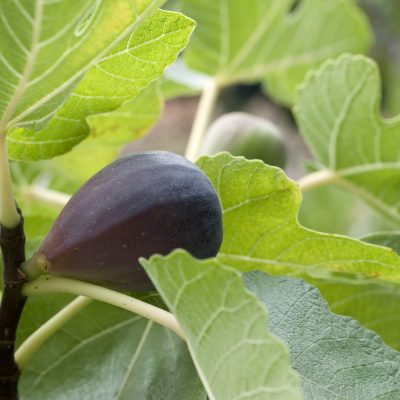
Mission Fig
Cultivated in the western US since 1768. It's loved for its tall and wide habit that offers dense summer shade and abundant fruits. Up to 35′ tall and wide. Full sun. Zones 7–9.
Fruits: Deep blue-purple with deep-pink syrupy sweet flesh. Lovely dessert fruit.
Photo by FotoSearch
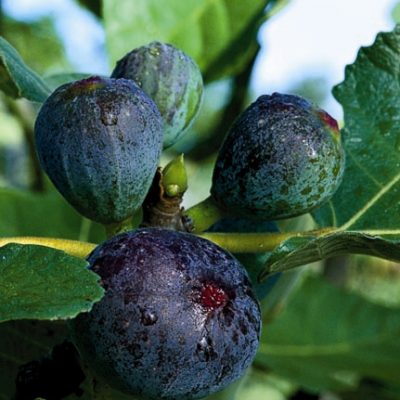
Black Jack Fig
Wonderful container plant and cold-hardy, too. Up to 15′ tall and wide; easily kept to 6′ with annual pruning. Full sun. Zones 7–9.
Fruits: Elongated purple fruit with strawberry-red juicy flesh; sweetest with plenty of heat. Chop and add to salads.
Photo by Hort Printers
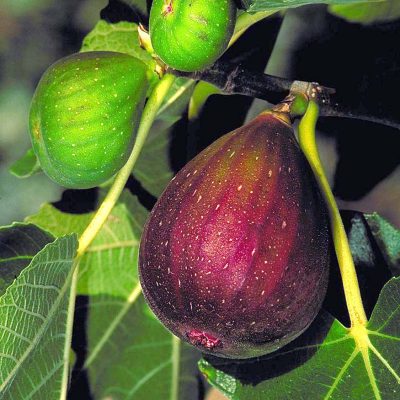
Brown Turkey Fig
Site where you can easily harvest its two yearly crops. Medium size, good for screening or as background. Up to 25′ tall and wide. Full sun. Zones 7–9.
Fruits: Deep-purple with rose-hued sweet flesh. Mild flavor pairs well with goat cheese.
Photo by Monrovia
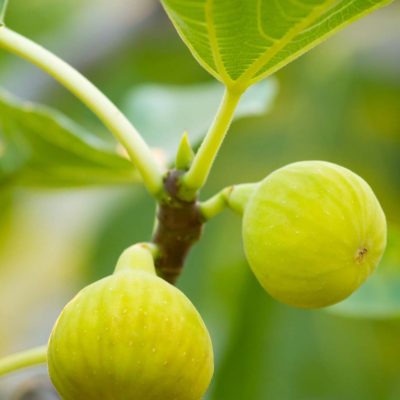
Desert King Fig
Exceptionally productive even in cool climates like coastal regions or high elevations. Up to 25′ tall and wide. Full sun. Zones 6–10.
Fruits: Large yellowish-green, strawberry-colored flesh, sweet, melting texture. Drizzle with honey and broil.
Photo by Mazzzur

Corky’s Honey Delight® Fig
Semi-dwarf thrives in mild coastal and warm humid areas. Can be grown in a large container. Up to 12′ tall and wide. Full sun. Zone 7–10.
Fruits: Greenish with amber-colored flesh, flavorful honey note. Great for smoothies.
Photo by Monrovia
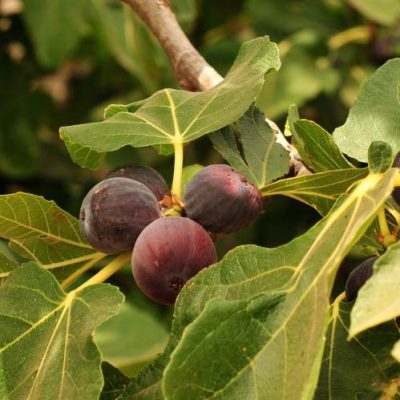
Chicago Hardy Fig
One of the hardiest of its kind, endures colder zone 6 winters (great conversation piece!). Look for a large late-summer crop. Up to 15′ tall, 12″ wide. Full sun. Zones 6–10.
Fruits: Deep purple when ripe with reddish flesh. Luscious and sweet, perfect to fill a tart.
Photo by Getty
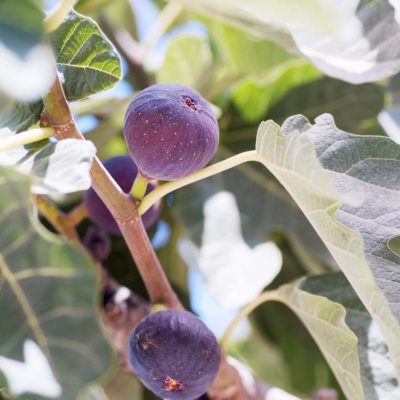
Celestial Fig
Smaller-sized tree prized for vigorous growth, improved cold resistance bountiful early harvest. Up to 10′ tall and wide. Full sun. Zones 7–11.
Fruits: Violet-brown with pinkish-purple sweet flesh. Perfect for preserves.
Photo by Getty
Kadota Fig
Treat this fig as a small shade tree or accent if you don’t have it in a fruit garden. Its green fruit is not as decorative as other figs, but some say even more delicious. Up to 25′ tall and wide. Full sun. Zones 7–9.
Fruit: Pert green skin gives way to a heart of pale amethyst. The taste is especially sweet and appealingly complex. Spoon over ice cream or yogurt.
Learn More
- Find your local garden center to ask if they carry these fig trees.
- Browse stories about growing edibles.
- Sign up for theGrow Beautifully newsletter to get digital guides, webinar invites, and helpful stories like these delivered straight to your inbox.
